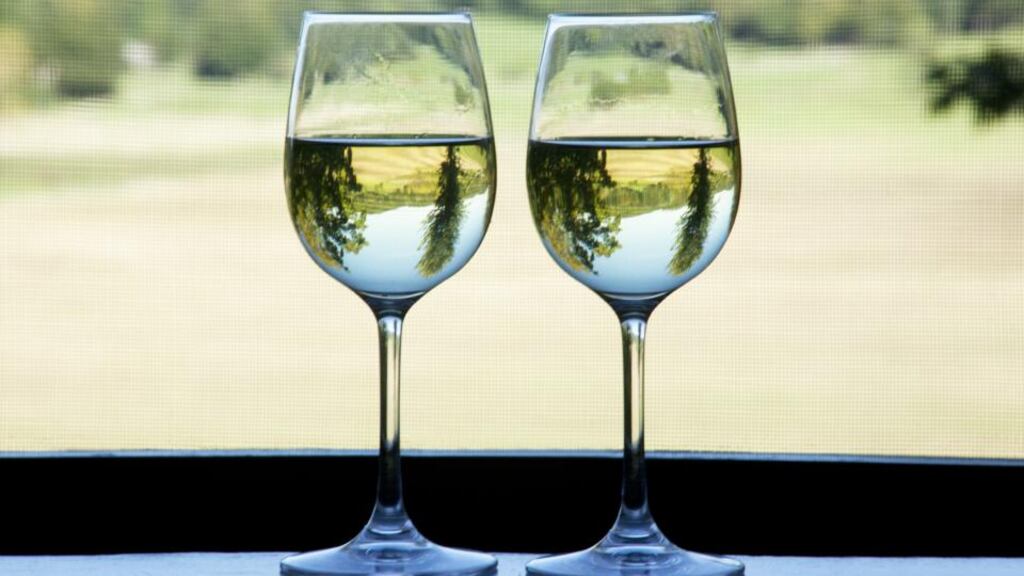I have been avoiding Sauvignon Blanc for the last few years. Not as a writer, where it is my duty to cover everything with an open mind, but at home where I have tended to drink pretty much anything but this ubiquitous variety.
You can see why Sauvignon is so popular with wine drinkers, women in particular. Aromatic and freshly fruity, it is rarely oaked and clocks in at a lightish 12.5-13.5 per cent alcohol. In many ways it is the perfect casual wine, easy to drink without food at home or in a wine bar or pub.
Maybe I tasted too many Sauvignon Blancs. I certainly came across plenty of poor watery confected wines with a heavy dose of residual sugar. But even some of the better wines were a little too much for my jaded palate and sometimes seemed a little bit samey.
My interest was reawakened first when I received a sample of the Pouilly- Fumé below. With its lovely purity, subtle fruits and mineral edge, it was a joy to drink. I had forgotten just how good Sauvignon Blanc can be.
Then a few weeks later, I came across several more excellent examples at a Slovenian tasting. Since then I have been going out of my way to find a few more.
Just about every wine-producing country has tried to jump on the Sauvignon Blanc wagon in recent years. Chile makes some of the best-value versions, covered here not long ago.
The better examples tend to come from the cooler regions such as the Leyda Valley. South Africa makes some very fine Sauvignon in all price categories, but the top end in particular. Outside France, Austria, the north-east corner of Italy and Slovenia probably make the best, although that doesn’t stop other wine areas trying. Regions of note in France include Bordeaux and south-west France, both of which now produce very good single-varietal Sauvignon or blends that include Sémillon to broaden out Sauvignon’s linear palate. Western Australia has also tried these blends with some success.
Two regions however stand out as the greatest practitioners of Sauvignon Blanc; the Loire valley in France and Marlborough in New Zealand. Sauvignon Blanc is by far the most popular variety in New Zealand, and Marlborough is by far the largest wine region.
Back in the 1980s Marlborough exploded onto the wine scene with a series of amazingly pungent Sauvignon Blancs packed full of intense fruits. The very first was Montana (now Brancott Estate) followed soon after by Cloudy Bay. Wine students loved them because they were so easy to spot in blind tastings. Critics argued they were one-trick ponies and those flavours were overpowering. The public disagreed and lapped them up.
The long sun-filled summer days and cool nights are responsible for that distinctive taste of Marlborough Sauvignon; pristine ripe green fruits and mouth-watering lime zest.
The region expanded massively. Now some of the less expensive versions are but a pale imitation of the original and at the top end many of the best producers have spent the last decade seeking ways to make more subtle complex wines. Other parts of New Zealand have also been successful with Sauvignon.
To us in Ireland, Sauvignon from the Loire once meant Sancerre or Pouilly- Fumé. These two communes facing each other across the Loire still make the finest wines, at their best a wonderfully pure expression of Sauvignon often with a mouth-watering flintiness.
The top producers often make single cuveés from a single site. But as interest in Sauvignon has increased, the choice has expanded to include the nearby regions of Reuilly, Menetou- Salon, Quincy and Coteaux du Gennois, which all produce Sauvignon-based wines of varying quality. The best wines are very good and often more keenly priced than those of Sancerre and Pouilly-Fumé.
Another name that has really come to the fore in recent years is Touraine. This large region, once better known for its Chenin Blanc, produces large quantities of decent quality Sauvignon. In a good vintage, the best growers offer fantastic value. Add in the catch-all Vin de Pays de la Loire designation, which covers the entire region, and you will never be short of choice.
I enjoyed my tastings of Sauvignon Blanc; there were some very good wines and a few great ones. I never really disliked the variety. I just wish that retailers, restaurants and wine bars would encourage us to experiment a little more and offer a few more interesting options alongside Sauvignon and Pinot Grigio.












